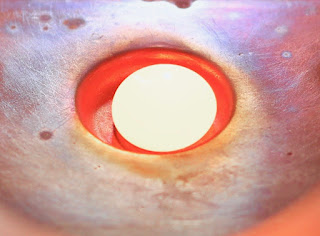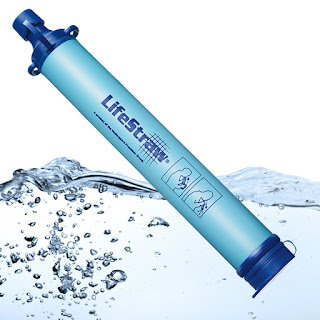Heart Monitor Taped on Skin

Organic Sensor & Organic Solar Cell Combine to Monitor Heartbeats Source: RIKEN Center Very Flexible, Taped Heart Monitor on Your Finger Scientists have developed an organic sensor powered by sunlight that performs as a self-powered heart monitor. The scientists put a sensor device, an organic, electrochemical transitor, into a flexible organic solar cell. The device successfully measures the heartbeats of humans under bright light conditions. New Generation of Self-Medical Monitoring This monitor, developed by scientists at the RIKEN Center for Emergent Matter Science and the University of Tokyo, is human friendly, ultra flexible with a solar powered sensor. It can also be used to monitor brain function. The development was reported in the journal Nature. It's being hailed as the next generation of self-medical monitoring. Such self-powered devices placed on the skin have great potential for medical applications.











